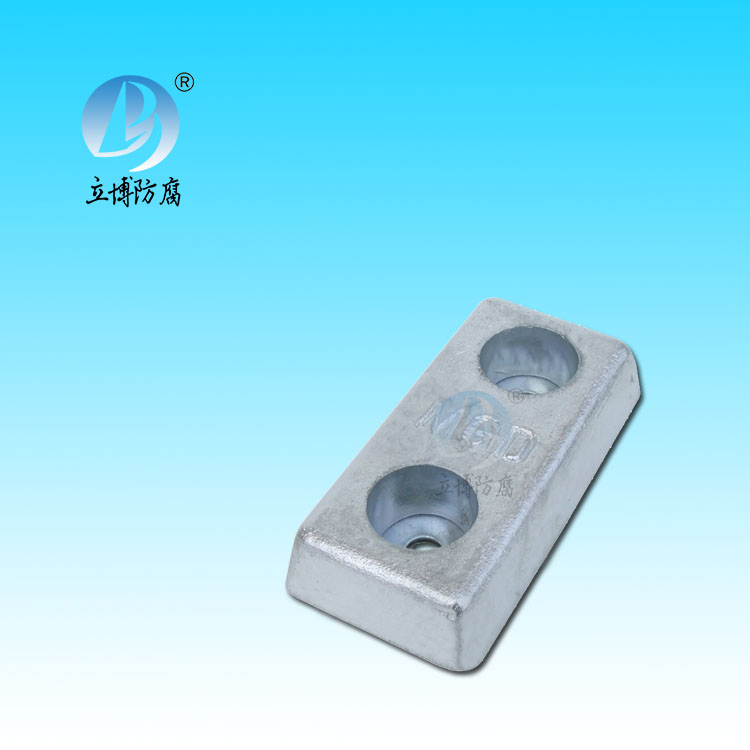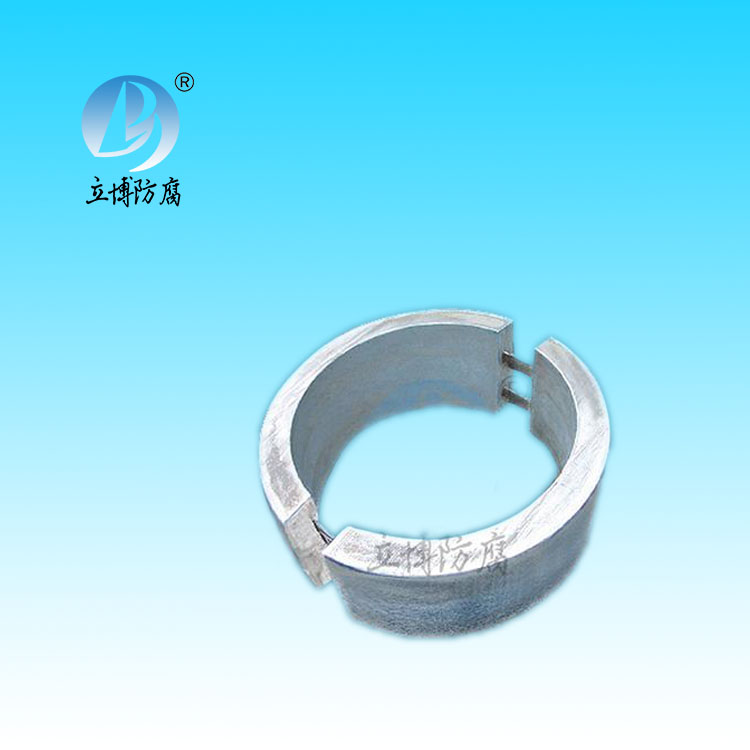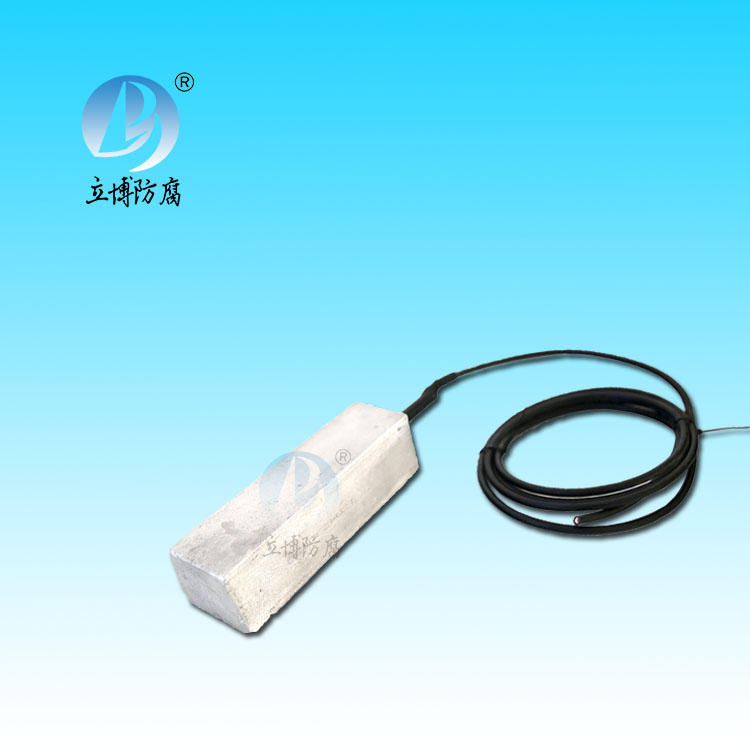News
News
- What is a sacrificial anode
- Basic requirements for reference...
- What does the reference electrode do...
- Why are zinc blocks attached to the ...
- What is the principle of impressed...
- What material does metal structure...
Contact
Phone:18739187123
hotline:0391-7588881
E-mail:970512272@qq.com
Address:Wuzhi County, Jiaozuo City, China
Company News
The method of anodic pink treatment of electrolytic aluminum
- Author:Libo
- Source:wwww.godsgracesalon.com
- Date:2021-06-11
- Click:0
Electrolytically colored anodized aluminum film must have open micropores. In the process of anodic oxidation due to voltage fluctuations, discontinuity or power failure, may form a deformed microporous structure, or the formation of irregular barrier layer), electrolytic coloring is best not to use this anodic oxidation film.
Anodized workpiece must be thoroughly washed and then immersed in electrolytically stained solution.
The residual sulfuric acid and aluminum salt in the micropores of anodic oxide film is difficult to be discharged and cleaned. When washing anodized workpieces, truly adequate washing takes a long time because the acids and salts in the micropores can only be discharged through the opening of the micropores by diffusion.
This problem can be somewhat alleviated by the use of an acidic tin salt coloring bath, as the coloring bath itself contains sulfuric acid, so it is not necessary to completely remove the sulfuric acid from the micropores. At this time, as long as the workpiece is preimmersed in the coloring tank solution for more than 2min, the fresh coloring solution can be entered into the microhole, and then the power will occur in the electrolytic coloring process of metal deposition precipitation.
Although many materials can be used as counterelectrode materials, each has its own advantages and disadvantages. Graphite rods are an option, and 316 stainless steel plates are often used today. However, the graphite rod is easy to break, so it is necessary to clean up the fine carbon particles into the tank in time. The stainless steel will undergo anodic dissolution and the iron will therefore dissolve into the tank, limiting the service life of the stainless steel. A soluble nickel anode can also be used, either from a nickel plate or from nickel particles in a human anode basket, but the rate of dissolution of anodic nickel is often greater than the rate of dissolution of nickel in the micropores, so the concentration of nickel in the solution increases to unacceptable levels. Platinum-plated qin anodes have recently been offered on the market.
In the case of ac electrolysis with high current of acid electrolytic staining solution, almost all metals will dissolve, so the choice of electrode material should be closely watched.
After the coloring process is complete, it is important to wash thoroughly in order to remove residual solution from the micropores. The corrosion resistance of the product is closely related to the completeness of the washing after coloring. The residual acid and aluminum salt in the micropores can prevent the hydrolysis reaction of anodic oxide film, so if the pores are not sealed properly, the performance of anodic oxide film will deteriorate. Therefore, the washing process should be maintained at least over 2min.
The aluminum salts in the micropores will be converted into insoluble compounds with the extension of time or when the temperature exceeds 25℃, resulting in the defect of powdered oxide. Therefore, if the workpiece is dried and dehydrated at room temperature, it can maintain its water solubility, thus improving the effect of water washing. If the electrolytic neutralization treatment is used instead of water washing, it does not affect the electrolytic precipitation in the micropore, and is conducive to cleaning the residue inside the micropore, so the implementation of electrolytic neutralization treatment is recommended.







 客服QQ
客服QQ